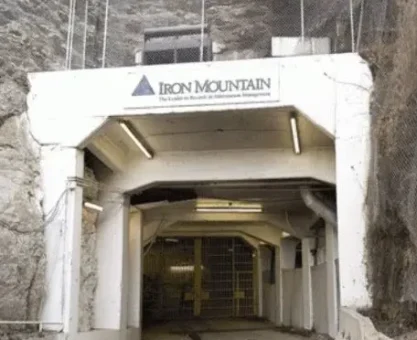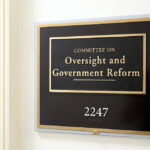The second round of deferred resignation offers is part of an ongoing effort by the Trump administration to reduce the federal workforce, building on the initial “Fork in the Road” program launched earlier in the year. This second round reflects a more agency-driven approach than the centralized first wave, with varying deadlines and conditions tailored to each department’s restructuring plans. The goal is still to allow federal employees to resign voluntarily while continuing to receive their full pay and benefits through September 30, 2025, typically with little to no work required during that period.
Overview of the Second Round
Starting late March and early April 2025, at least seven federal agencies have reopened the Deferred Resignation Program (DRP). These include the Departments of Defense (DoD), Agriculture (USDA), Energy (DOE), Housing and Urban Development (HUD), Transportation (DOT), the Small Business Administration (SBA), and the General Services Administration (GSA). This follows the first round, where over 75,000 employees across the government accepted the offer.
Agencies have set tight decision windows, ranging from one to two weeks. For example, USDA, DOE, and DOT employees have until April 7 or 8, while GSA extends to April 18. DoD’s window runs from April 7-14 for its civilian workforce.
The offer generally applies to full-time and part-time employees, including permanent, term, and even probationary staff in some cases (e.g., USDA). However, exemptions exist for “critical” roles like public safety, national security, law enforcement, or other essential positions, with agencies retaining discretion to deny resignations to ensure operational continuity.
Key Features
Employees who opt in retain their full salary, accrue leave, and maintain benefits (e.g., health insurance, Thrift Savings Plan contributions, and retirement service credit) until September 30, 2025. Most will be placed on paid administrative leave after a brief transition period, often by late April or June at the latest.
Employees can accelerate their resignation date if desired, and those nearing retirement eligibility (e.g., under Voluntary Early Retirement Authority, or VERA) may extend their deferred resignation to align with retirement dates, potentially up to December 31, 2025. Wary civil servants must weigh the option of a financial cushion for career transitions or retirement planning against legal uncertainties that could affect payouts if courts rule against the program.
Legal Concerns Continue
Federal unions, including AFGE, AFSCME, and NAGE, have revived lawsuits claiming the program violates the Administrative Procedure Act and Anti-Deficiency Act, especially since funding beyond March 14, 2025, wasn’t initially assured. A full-year continuing resolution in March mitigated some concerns, but legal battles persist.
As uncertainty looms, be sure you’re financially prepared for the future. Reach out to a Federal Retirement Consultant® who can help you navigate your federal benefits.

























